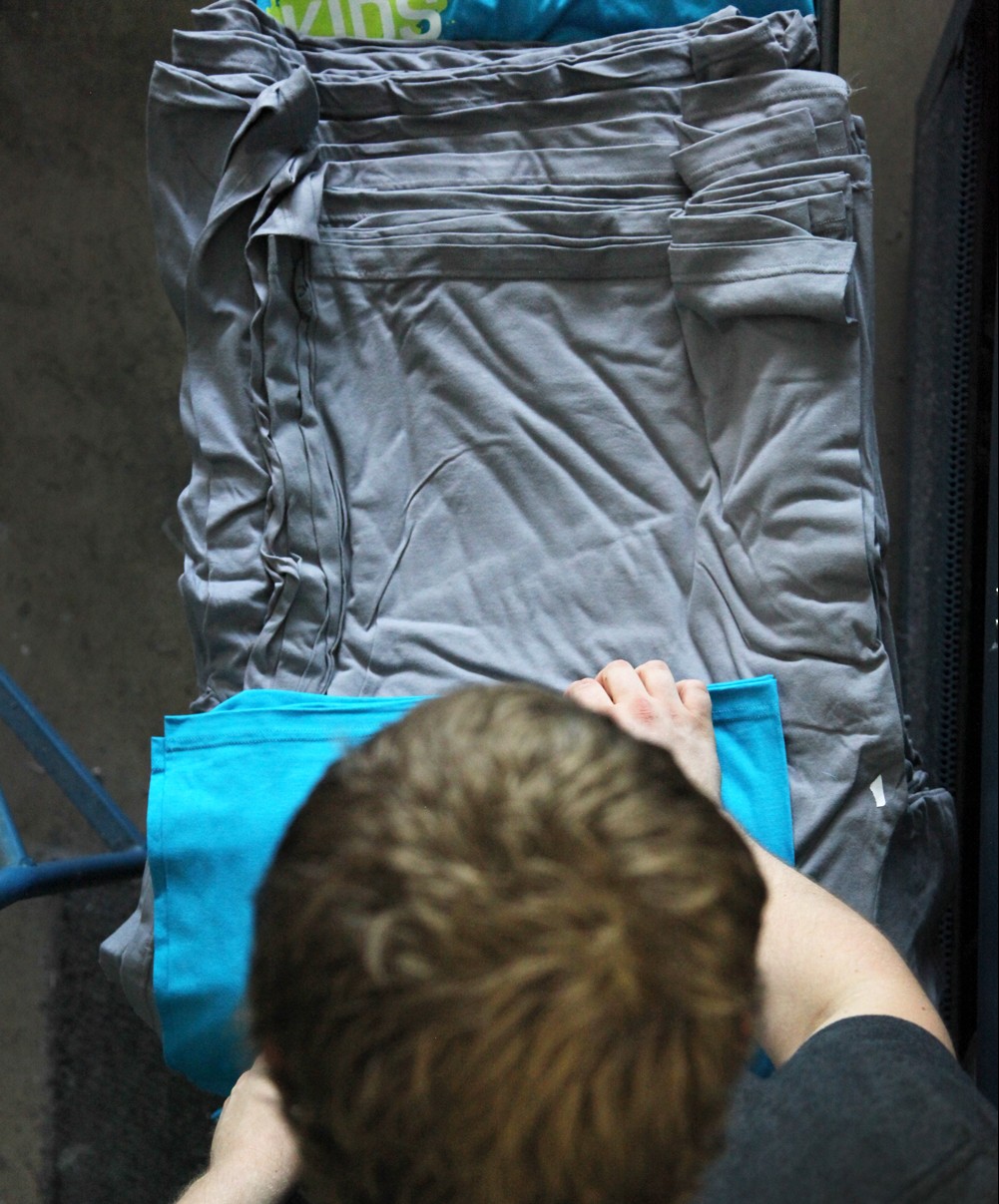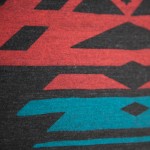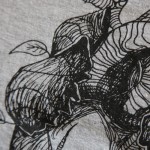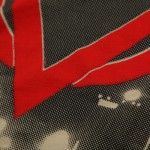List: 3 Easy Ways to Reduce Printing Costs

Intro: Regarding Pricing
Alright, here we go. The first article about pricing. In most situations this is a touchy subject that must be talked about with careful consideration. Luckily for me, I’m a part of a company that makes it extremely easy to talk about money. Trust Printshop’s pricing is set up for honesty and transparency. We don’t have any static fees, we don’t have art fees, and we don’t charge for “processing”, “handling”, or anything generic like that. The marketing technique we are all too familiar with is to use hidden costs and phrases like “processing fee” to push the initial, advertised price down to a prettier number. I’m not going to lie to you and tell you I have proof that this technique does or doesn’t work, all I can tell you is that it makes us feel icky. So when you receive a Trust Printshop quote, the price listed next to the design is the actual, full price you will pay for those garments. We take all of the time, materials, and personnel required to complete that job, and we add it together into one final price that you can count on (we don’t even charge for shipping).
Our basic thought process is that the things that take us more time cost you more money. So when you think about it that way—simplifying, cutting down, and refining your order is beneficial to both of us. We don’t gain anything by pushing you towards more costly prints, because they will also take us more time to complete. We truly believe that we are a team fighting for the best prints at the best prices so that we can both feel good about the finished product and about each other when it’s done.
So with that in mind, here are 3 easy ways to reduce your printing costs and have leftover cash for more shirts!

Reducer #1: Expand Your Garment Horizons
I want to start this section with a disclaimer: I love American Apparel blanks. They are of the highest quality, they are made entirely in America, they print great, and I love wearing them. However, I am going to use their 2001 Cotton T-Shirt as an example of a high priced garment that has some great cost-effective alternatives. The 2001 is high end and it is also extremely popular. Many people have a favorite t-shirt that is an American Apparel blank, so we get a lot of requests for it. A shirt that is much less popular is the Next Level 3600. Next Level is fairly new, and the 3600 isn’t even available without a wholesale account, but it is a great t-shirt that prints just as well as the 2001 at a reduced price. Another great alternative is the Canvas 3001. The 3001 prices even lower than the 3600 (by a few cents per blank), but it is so nice you might confuse it for American Apparel. Currently at Trust we print all of our holiday shirts on Canvas blanks.
The point I’m trying to make is whenever you are placing an order with us, ask our Customer Reps about alternate blank options. This is a fantastic way to cut costs without adjusting your art at all, and your customers will most likely never notice the difference.

Reducer #2: More is Less
Option two for reducing your costs is very simple, but it probably won’t be your favorite solution. It’s ordering more garments. Now before you slam your laptop closed in anger, hear me out.
Adding more garments is a great way to get more bang for your buck. Trust Printshop has a fantastic pricing system set up which we have coined Breakless Pricing. It is explained with a pretty graph at that link, but the basic idea is that you don’t have to hit a specific quantity to find your next price break. Every shirt you add to your order reduces your price-per-shirt and adds to the value of each garment. So I encourage you to overestimate. If you have to re-order more shirts when you quickly sell out, you will be paying a lot more for each garment.
Reducer #3: Cut Colors
The third technique is a little self-explanatory, if you can reduce the amount of colors in your art, you are reducing the number of screens needed for the print, which reduces the cost. Ready for a list within the list? Here are a few easy ways to cut colors.
 3a. Discharge: Discharge Ink is waterbased ink with a chemical additive that reacts to the garment. The chemical basically bleaches the fabric, returning it to its original cotton-y color. We then add pigments to the ink which color the fabric once it has been bleached. This allows us to cut the underbase from light colors or white on dark shirts. (This only works on 100% cotton garments.) We do charge a discharge fee for orders of less than 50 pieces, but it is still cheaper to do a one color discharge than a two color plastisol.
3a. Discharge: Discharge Ink is waterbased ink with a chemical additive that reacts to the garment. The chemical basically bleaches the fabric, returning it to its original cotton-y color. We then add pigments to the ink which color the fabric once it has been bleached. This allows us to cut the underbase from light colors or white on dark shirts. (This only works on 100% cotton garments.) We do charge a discharge fee for orders of less than 50 pieces, but it is still cheaper to do a one color discharge than a two color plastisol.
 3b. Design in One Color: Something that I have learned in my 3+ years working with t-shirts and t-shirt design is that it’s much harder to cut colors from a finished design than it is to design with fewer colors. If you begin a design with the goal of limiting yourself to one or two colors, you will most likely be successful.
3b. Design in One Color: Something that I have learned in my 3+ years working with t-shirts and t-shirt design is that it’s much harder to cut colors from a finished design than it is to design with fewer colors. If you begin a design with the goal of limiting yourself to one or two colors, you will most likely be successful.
 3c. Combine Colors: If it’s too late to follow 3b, you can still cut colors by combining as many colors as possible. Review your art and see if any colors seem extraneous. If you’re really stuck on price, try ranking your colors by importance and cutting from the bottom. (In a pinch, try switching to greyscale and see if you like it.)
3c. Combine Colors: If it’s too late to follow 3b, you can still cut colors by combining as many colors as possible. Review your art and see if any colors seem extraneous. If you’re really stuck on price, try ranking your colors by importance and cutting from the bottom. (In a pinch, try switching to greyscale and see if you like it.)
 3d. Go CMYK: My final technique mostly applies to photo-based prints, but we have used it successfully on all kinds of designs. CMYK only works on white or very light colored shirts, but it allows us to print a massive color range using only 4 colors (cyan, magenta, yellow, and black).
3d. Go CMYK: My final technique mostly applies to photo-based prints, but we have used it successfully on all kinds of designs. CMYK only works on white or very light colored shirts, but it allows us to print a massive color range using only 4 colors (cyan, magenta, yellow, and black).
Hopefully this list is helpful, but the best thing you can do if you’re concerned about your costs (and who isn’t?) is to talk to us about it. Our Customer Reps are very knowledgeable and they know far more about pricing and blanks than you or I ever will. Give them a call at 817-453-3121, email at hello@trustprintshop.com, or try our new live chat on trustprintshop.com.



